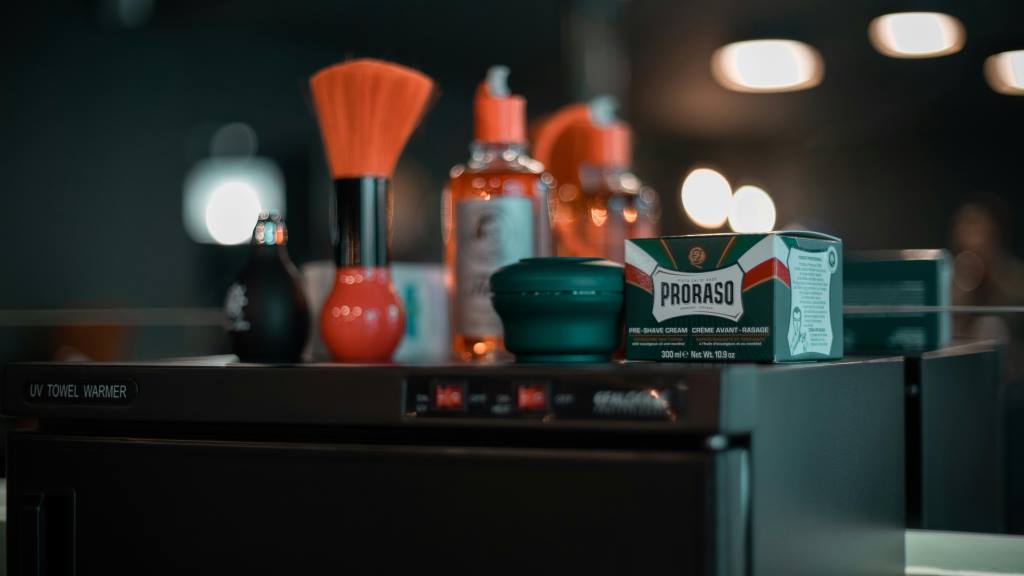When it comes to hair removal, two of the most popular methods are shaving and waxing.
Each method has its pros and cons, and the best choice often depends on your skin type, pain tolerance, and personal preference.
Let’s explore the differences between shaving and waxing and determine which is more suitable for different areas of the body.
Advantages and disadvantages of shaving
Advantages
- Easy: Shaving is quick and easy, making it a preferred choice for those who need a quick fix. You can shave at home without needing any special tools other than a razor and shaving cream.
- Painless: Shaving is usually a painless process, which is why it’s often the first hair removal method people try.
- Economical: Razors and shaving cream are generally inexpensive and last for multiple uses.
Disadvantages
- Short-term results : Shaving only removes the hair on the surface, which means it comes back quickly, often within 1-2 days.
- Ingrown Hairs : Shaving can lead to ingrown hairs, especially in areas where the hair is thick or curly. This can cause irritation and small bumps.
- Skin irritation : Frequent shaving can cause so-called razor burn, nicks and cuts, especially if you don’t use the right technique or tools.

Pros and cons of waxing
Advantages
- Results that last : Waxing removes hair from the root so you can enjoy smooth skin for several weeks before the hair begins to regrow.
- Softer hair : Over time, regular waxing can lead to finer, smoother hair regrowth, making future sessions less painful and more effective.
- Exfoliation: Exfoliation removes dead skin cells along with the hair, which can make your skin smoother and more refreshed.
Disadvantages
- Painful : Waxing can be quite painful, especially for people with sensitive skin or when it is done on more sensitive areas such as the bikini line and underarms.
- Cost : Professional waxing can be expensive and even home waxing kits are quite a bit more expensive than a simple razor.
- Potential for ingrown hairs : Although less common than shaving, waxing can lead to ingrown hairs, especially if the skin is not properly prepared and cared for afterward .

Which causes more ingrown hairs?
This risk exists with both shaving and waxing, but is higher with the former.
- Shaving cuts the hair at an angle, which can cause the sharp end of the hair to grow back into the skin, leading to ingrown hairs.
- Waxing , on the other hand, pulls the hair from the root, which reduces the chance of ingrown hairs, but doesn’t completely eliminate the risk.
Proper aftercare, such as skin exfoliation and hydration, is essential for both methods to minimize this unpleasant effect.
Shaving VS. waxing: Where each method works best
- Legs: Both shaving and waxing are effective for legs. Shaving is faster, but waxing offers longer-lasting results.
- Underarms: Waxing is often preferred for underarms as it leaves the area smoother for longer. Shaving is simply a quicker option.
- Bikini line : Waxing is generally better for the bikini line due to the longer lasting results and the fact that it reduces the chances of irritation in this sensitive area.
- Face: Waxing is most effective for areas such as the upper lip and eyebrows, providing precision and long-lasting softness. Shaving the face is generally not recommended for women due to the risk of irritation and rapid regrowth. In men, the situation is different, since the more generalized hair growth does not favor the use of wax.1
Summary
Choosing between shaving and waxing depends on your personal preferences and specific needs. Shaving is an easier and painless process, while waxing offers long-lasting softness and can lead to the regrowth of finer hair over time. Consider your skin type, pain tolerance, and body area when deciding which method to use.
